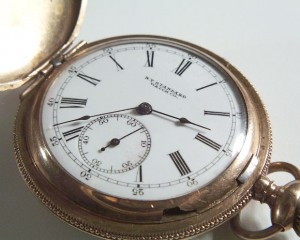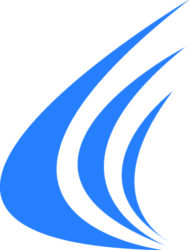 There are a number of factors that effect the time until you receiving a patent as explained below.
There are a number of factors that effect the time until you receiving a patent as explained below.
Patentability Searching:
First, if you choose to have a patentability search performed by our office, that generally takes 1 to 3 weeks to complete, depending on the volume of search results and the workload at the time.
Patent Application Drafting:
If we receive all the information about your invention before we start drafting your invention, on average it will take between two to four weeks to draft the application for your review. If shorter time frames are needed, we will strive to achieve a timeline that works with your schedule. In a past expedited circumstance, we were able to file an application within 2-4 days after receiving all the required information about the invention. The time frame within which we could draft a patent application depends on our present workload, the complexity of the invention, and the amount and type of information provided by the client before drafting begins, as well as the number of changes provided by the client after drafting begins. After the patent application is filed you will have “patent pending” status in the United States.
After Patent Application Filing
After filing, the length of time to patent grant depends on whether you begin with a provisional or a non-provisional patent application in the United States. If you begin with a non-provisional patent application, the U.S. Patent and Trademark Office (USPTO) will place your application in a queue to be examined by a Patent Examiner when the USPTO receives your complete non-provisional patent application.
The present (2012) average wait time until the USPTO provides us with the results of the Patent Examiner’s first substantive review and examination (average pendency to first office action) of the patent application is about 21 months. The average time it takes to obtain a patent from the patent office at this time is about 32 months or a little under 3 years. [See the current wait time statistics at the USPTO website [here] (best viewed with Internet Explorer)].
The actual amount of time it will take for your patent application to be examined, and if found allowable, to issue into a patent will vary. Some technical areas have a longer or shorter wait time because the USPTO groups patent applications based on the invention’s technology and assign patents to technology groups (known as art units) of examiners at the USPTO for examination. If one art unit has more patent applications in the queue than another art unit, then patent applications assigned to the art unit with relatively more patent application will wait longer for examination and ultimate issuance.
If you decide to file a provisional patent application, the patent office will not put your provisional patent application in a queue to be examined. Instead, a non-provisional patent application must be filed within one year of the filing date of the provisional application, in order to claim the benefit of the provisional application filing date. In the case that you file a provisional and then file a provisional on the one year anniversary date of the filing of the provisional, one additional year will be added to the times listed above. This is true because you have waited that 1 year to have the non-provisional application placed in a queue to be examined.
Prioritized Examination
The USPTO offers a prioritized examination (also known as Track One) for utility and plant patent applications for a limited number of patent application per year. To be considered for the prioritized examination, the applicant must pay additional large fee to USPTO. Under the prioritized examination procedure the USPTO assigns a priority status to your application. The USPTO aims to get to a final disposition (allowance or final rejection) of your patent application within 12 months of the prioritized status being granted.
Patent Pending
While your patent application is pending (after the patent application is filed but before the patent is granted) you will have patent pending status. You are not required to wait until you obtain a patent to start exploiting (making, marking, selling, licensing, etc.) your invention. You can begin doing so after the patent application is filed, as long as the patent application fully describes and covers all the elements of your invention that you intend to disclose and use publicly.
